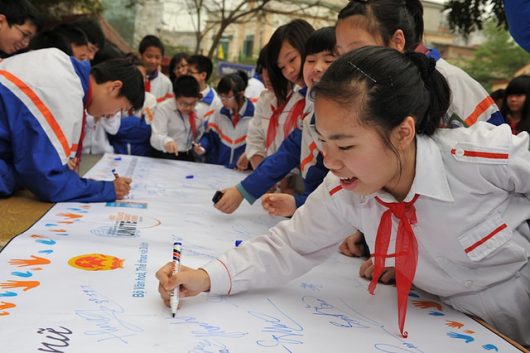 An estimated 246 million children every year are victims of violence in a school setting. School-related gender-based violence (SRGBV) includes bullying, corporal punishment, verbal or sexual harassment, unwanted touching and assault. SRGBV is a human rights issue that harms students’ ability to learn and their mental wellbeing. Girls are especially vulnerable, due to pervasive cultural beliefs and unfair power structures. According to a U.N. survey, one out of four girls never feel comfortable using school bathrooms.
An estimated 246 million children every year are victims of violence in a school setting. School-related gender-based violence (SRGBV) includes bullying, corporal punishment, verbal or sexual harassment, unwanted touching and assault. SRGBV is a human rights issue that harms students’ ability to learn and their mental wellbeing. Girls are especially vulnerable, due to pervasive cultural beliefs and unfair power structures. According to a U.N. survey, one out of four girls never feel comfortable using school bathrooms.
One fourth of girls’ educational programs work to combat SRGBV. Just five years ago, gender-based violence was not considered to be part of the work of the education sector. This rapid rise to popularity was spearheaded by the Global Working Group to End SRGBV, a partnership between 35 organizations aiming to research and find solutions for gender-based violence in schools. A diverse range of organizations are involved in this partnership, including governments, development organizations, civil society activists and research institutions. The advocacy from these organizations has lead to the inclusion of SRGBV into the Sustainable Development Goals and the Incheon Declaration, endorsed at the World Education Forum.
To mitigate gender-based violence, the Global Working Group recommends implementing policy to discourage violence, teaching curriculums in nonviolence and gender equality, involving youth in creating solutions and increasing access to resources. UNESCO, a member of the Global Working Group, additionally highlights the importance of creating supportive school environments, creating partnerships with key stakeholders and collecting data on the effectiveness of interventions.
UNESCO recommends that SRGBV policies aim to prevent violence, promote accountability and provide support to mitigate its consequences. An effective response to SRGBV needs to include support for the victim and a protocol for reporting incidents and informing authorities.
Education has the power to target the root cause of violence by impacting the social and emotional development of children in ways that discourage violence. A supportive, safe school environment with a culture that condemns SRGBV is another recommended prevention method.
In order to create sustainable change, a strategic partnership between all stakeholders, including government sectors, teachers’ unions, communities, families and youth, is needed. Conducting research on SRGBV programs will yield crucial information to allow effective methods to spread and ineffective ones to be modified.
Raising Voices, another member of the Global Working Group, recognizes the importance of collecting concrete data to evaluate programs. The nonprofit focuses on decreasing the incidents of violence against women and children in Uganda by challenging traditional power structures. To measure the performance of their work, Raising Voices uses an activity report form to monitor the quality of activities and an outcome tracking form to track changes in social norms in the community. The forms utilize a ranking system to reveal the participant’s strength of agreement, with statements presented in order to quantify the data.
The efforts of the Global Working Group thus far provide a promising avenue for increasing access to education, by eliminating gender-based violence in schools.
– Kristen Nixon
Photo: Flickr
 While Canada has a relatively impressive
While Canada has a relatively impressive 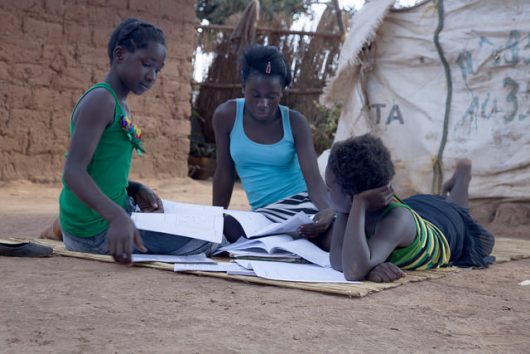
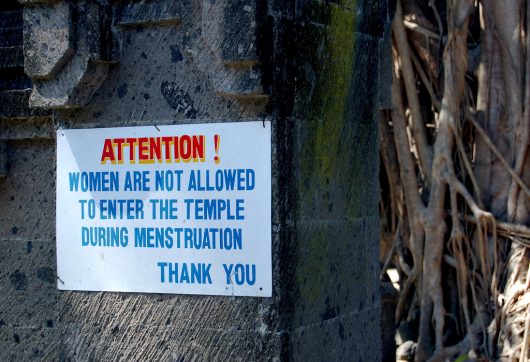 Poor menstrual hygiene management can be fatal. In Nepal, the “chaupadi” tradition of Hindus in western Nepal lead to a teenager named Tulasi Shahi being forced to stay in her uncle’s cowshed for days.
Poor menstrual hygiene management can be fatal. In Nepal, the “chaupadi” tradition of Hindus in western Nepal lead to a teenager named Tulasi Shahi being forced to stay in her uncle’s cowshed for days.
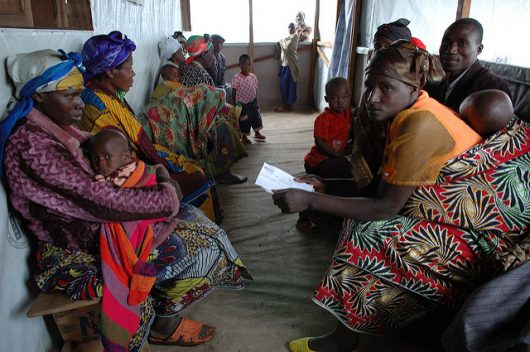
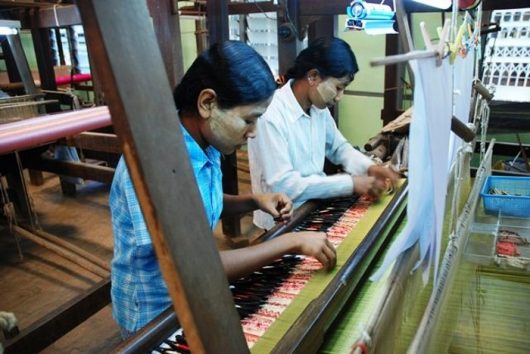 Since winning independence from colonial rule in 1948, ethnic
Since winning independence from colonial rule in 1948, ethnic 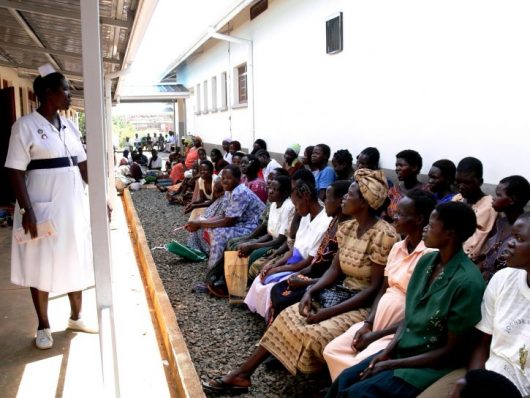 Education, especially for girls, is one of the best ways to increase a developing country’s welfare. A nation’s GDP can rise by three percent when the number of girls in school increases by 10 percent. On an individual level, every year a girl stays in school, her potential income increases by about 15 to 25 percent. These numbers show that education in Uganda is, just like everywhere else, an ever-important issue.
Education, especially for girls, is one of the best ways to increase a developing country’s welfare. A nation’s GDP can rise by three percent when the number of girls in school increases by 10 percent. On an individual level, every year a girl stays in school, her potential income increases by about 15 to 25 percent. These numbers show that education in Uganda is, just like everywhere else, an ever-important issue.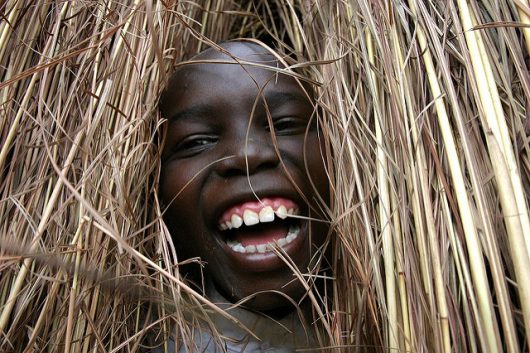 Every news report seems to be about a new political scandal, a terrorist attack or some natural disaster. The world feels like it is getting worse, and the uplifting stories on the news appear insignificant compared to the weight of the other issues.
Every news report seems to be about a new political scandal, a terrorist attack or some natural disaster. The world feels like it is getting worse, and the uplifting stories on the news appear insignificant compared to the weight of the other issues.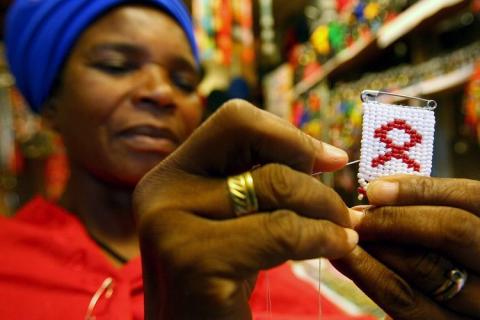 As 63 percent of Swazis continue to live below the national poverty line, it is clear that there is an urgent call for change. While the causes of
As 63 percent of Swazis continue to live below the national poverty line, it is clear that there is an urgent call for change. While the causes of 